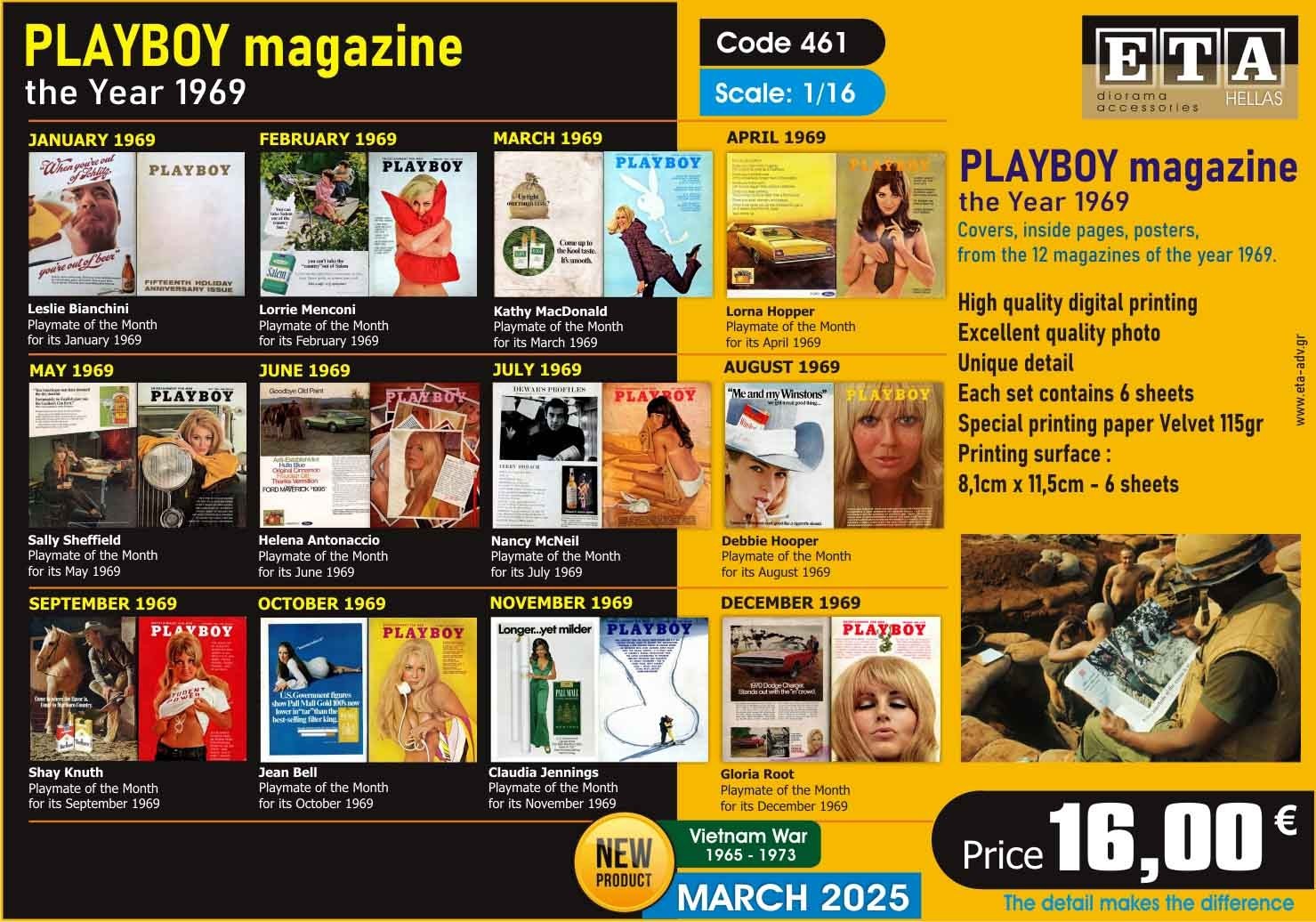
Introduction
The following introduction is as provided by Pen and Sword:
The early battles of North Africa between the Axis powers and the British Commonwealth and her European allies were among the very last clashes of chivalry. At the small town of El Alamein belligerents met and fought, on two occasions, for overall control of both Egypt and the Suez in the latter half of 1942. For the Allies, the battles were also a chance to destroy Axis ambitions in the Western Desert, whilst gaining mastery of the Mediterranean and a foothold in Southern Europe.
The two battles, in July, and October to November 1942, were to see men and equipment tested to the very limit of their capabilities. They were also the first major battles where Allied intelligence and all arms planning played a key part in defeating an experienced adversary. These battles would cement the two armies' and their commanders' reputations in perpetuity and sows the seeds for the steady defeat of the Axis in the West.
This Battle Craft title also looks at four pieces of military hardware that were involved in these legendary battles. Representing the land forces are the Crusader and Panzer III, both working to the limits of their designs and already legends in their own rights. The Desert Air Force’s Curtiss P40Es and the Luftwaffe’s Messerschmitt Bf109 Es represent the battle for air superiority that raged overhead.
The Quartermaster section provides the modeller with an insight into the development and operational use of the four chosen vehicles and aircraft that were involved in the Battles of El Alamein. A selection of historical and contemporary photos and illustrations feature alongside stunning showcase builds, providing the modeller with subjects to whet the creative appetite. It also features details of model kits and extras that can really help the modeller bring military history to life.
Review
This offering from Pen and Sword, is the first book in a series being titled “Battle Craft”. Anyone who has seen one of the Land Craft or Tank Craft titles will have some idea of what to expect from this release. The book is a soft backed offering, with a card cover protecting 64 glossy pages inside. The author of this release is Ben Skipper, who has released a number of titles previously for Pen ans Sword. The contents of this release are set out as follows:
Battles of El Alamein
Setting the Scene: Key Commanders of El Alamein The principle cast
The Supporting Cast - Order of Battle (ORBAT) as of 23rd October 1942
Prelude: The Battles of Gazala and Mersa Matruh
Act 1: The First Battle of El Alamein: A Line in the Sand
Interlude - Taking Stock and the Battle of Alam Haifa
Act 2, Scene 1: The Second Battle of El Alamein: Operation Lightfoot
Act 2, Scene 2: Dogfight: The Inferno Continues
Act 2, Scene 3: Supercharge: Let Slip the Dogs of War
Endings
Quartermaster’s Section
Introduction
Crusader Tank
Panzer III Ausf L
Messerschmitt Bf 109 E-4/N trop
Curtiss P-40
Ben Skipper has taken on quite a challenge when it comes to covering El Alamein during World War II and the battles surrounding it. To do this justice in 64 pages, is impossible but I have to say that he has given it a damn good try. The text in the book is well written and provides a good level of detail in as fewer words as possible. The men and machines from both sides of the conflict get a look in, but I can’t find the Italians making an appearance. The information provided is easily taken in by the reader due to the brief nature in which it is written, as it does not go on and on and so forgetting what you have already read - that is something that I like.
The period photographs provided in the title are excellent in quality, and while a number of them I have seen previously, I do like the selection that have been chosen. Of particular interest to myself, are images of a Morris truck being made to look like a Crusader Mk III and just to turn it around a Matilda tank carrying a framework to make it look like a truck. I knew these techniques had been utilised during the run up to D-Day, but had had no idea it had been used in Africa during the war. Now I can see these images being brought to life by modellers who want to build something a tad different. The photographs provided are all well captioned and provide varying levels of information.
What has been classed as the Quarter Master’s section is an area of the title dedicated to four models of vehicles and aircraft used during this conflict. What I particularly like about this area is that it is at the end of the book, and so has a logical and dedicated position in the title, rather than in the other series where it has been placed in the middle of the title which almost feels like an after thought. The modeller is provided with a selection of models kits that represent the four subjects. The finished models each get a showcase, and are accompanied by a mixture of reference, and after market products for them.
Conclusion
I really like the layout of this book, as it is presented in an informative and logical manner. With both the modeller and those that want to read the title getting a good level of information provided. Text and images are of a good quality, and I commend Ben Skipper for tackling a complex subject in so few pages.




























